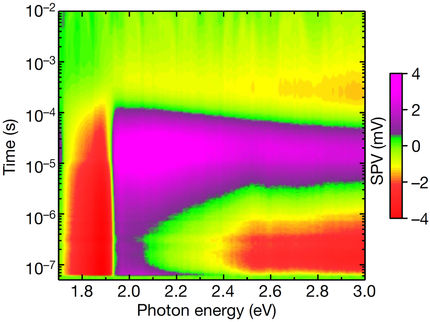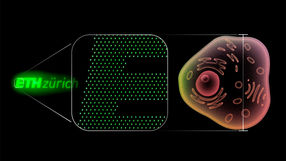Goodbye to sunburn thanks to Queen's sunburn indicator
Sunbathers could soon tell when to take shelter in the shade thanks to an early warning sunburn indicator, developed by Queen's University Belfast.
Researchers at Queen's have developed a strip of plastic, containing 'smart' ink, which turns colourless from an initial blue colour just before exposure to too much ultraviolet light from the sun, prompting you to move into the shade before you burn.
The plastic strip, worn as a bracelet, changes colour at a speed that depends on the wearer's skin type and can be worn at the same time as sun lotion, allowing users to enjoy the sun while avoiding unnecessary risks.
It is just one of a number of novel products based on 'photocatalysis', including antibacterial plastic films and water purifying bags, which has received a national award .
The technology was developed by Dr David Hazafy from Queen's University's School of Chemistry and Chemical Engineering, who has been awarded a Royal Academy of Engineering's Enterprise fellowship, which gives academics £85,000 each to develop their research into viable commercial products.
Most read news
Other news from the department science

Get the analytics and lab tech industry in your inbox
By submitting this form you agree that LUMITOS AG will send you the newsletter(s) selected above by email. Your data will not be passed on to third parties. Your data will be stored and processed in accordance with our data protection regulations. LUMITOS may contact you by email for the purpose of advertising or market and opinion surveys. You can revoke your consent at any time without giving reasons to LUMITOS AG, Ernst-Augustin-Str. 2, 12489 Berlin, Germany or by e-mail at revoke@lumitos.com with effect for the future. In addition, each email contains a link to unsubscribe from the corresponding newsletter.




















































